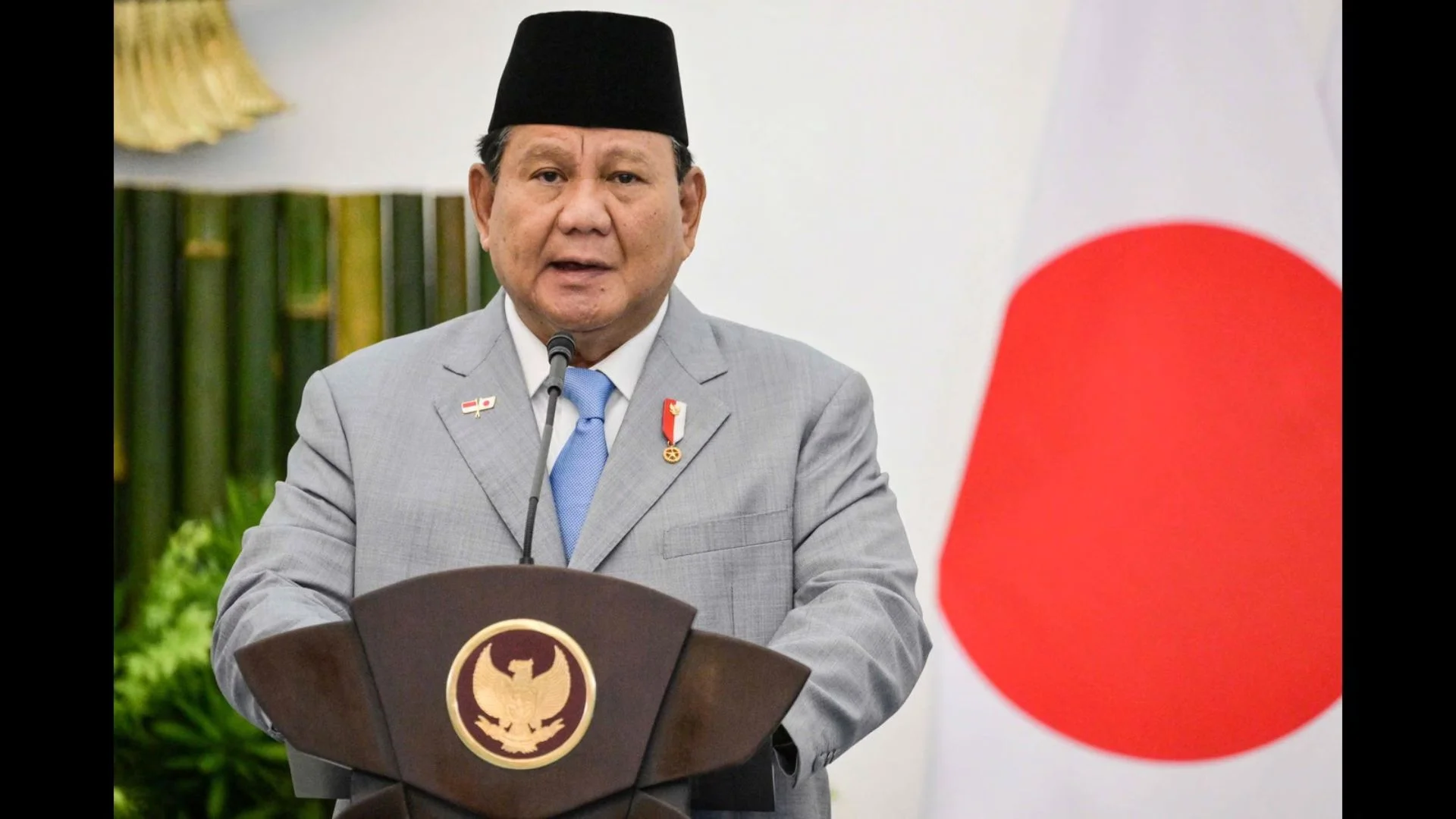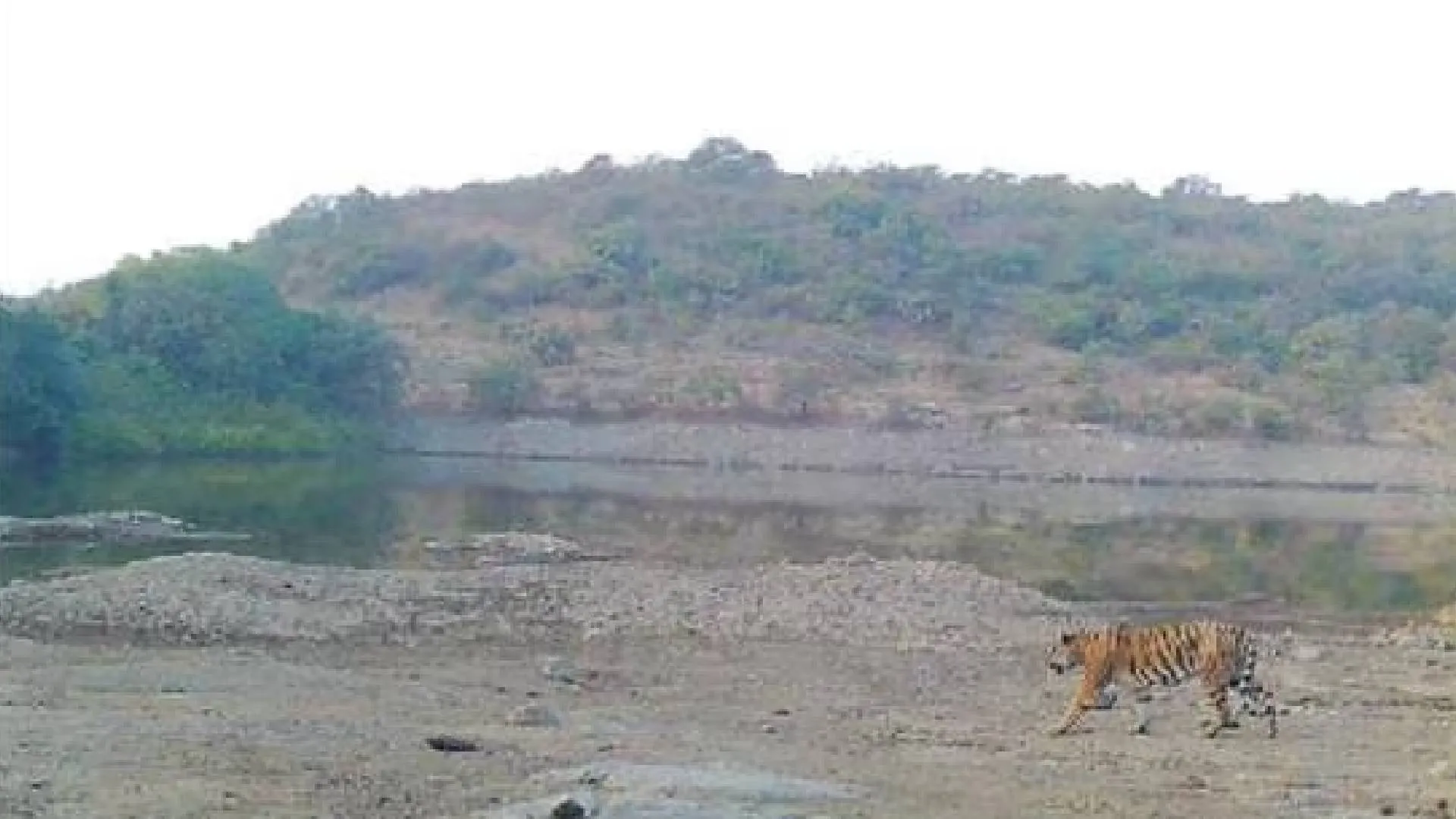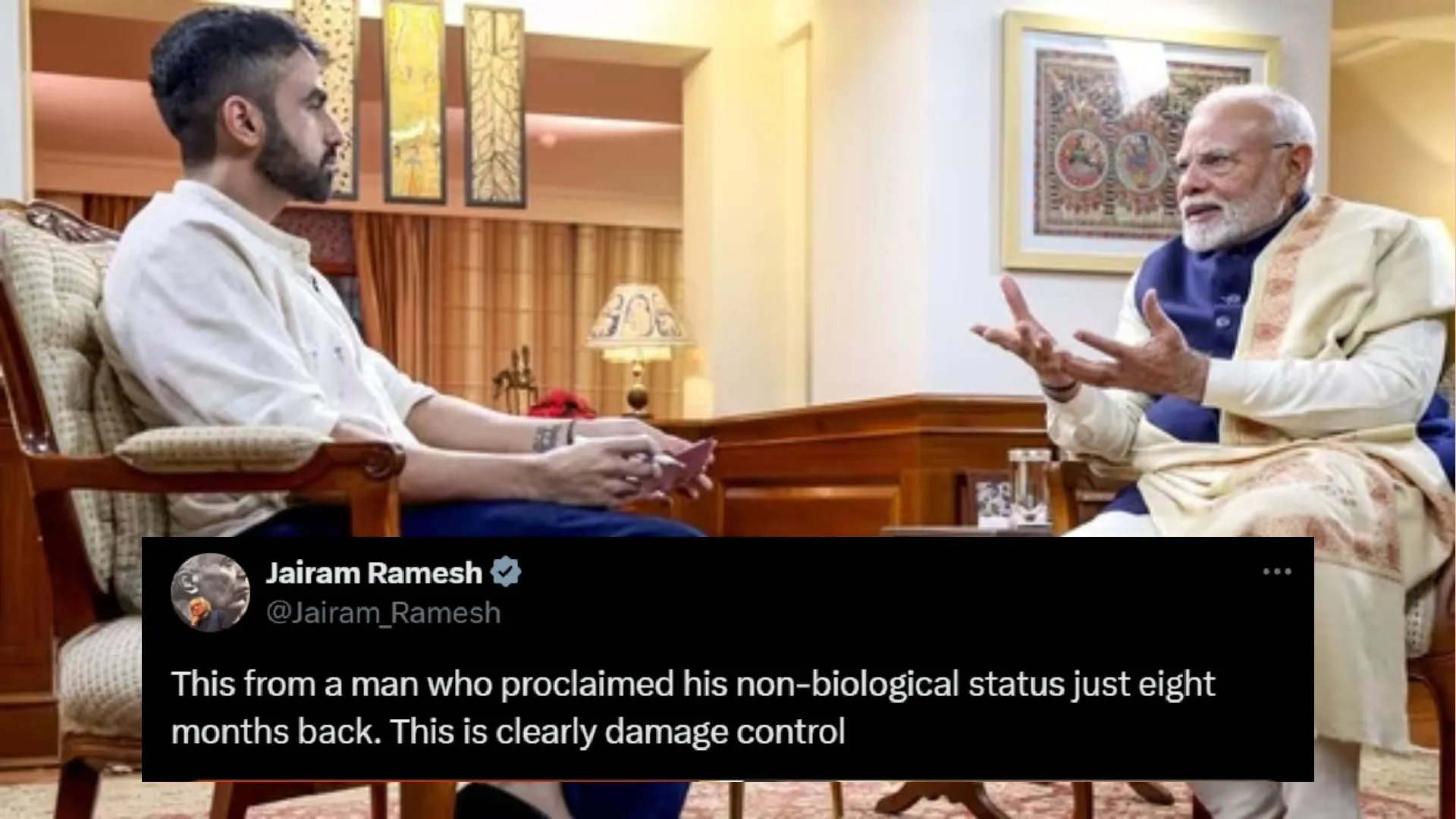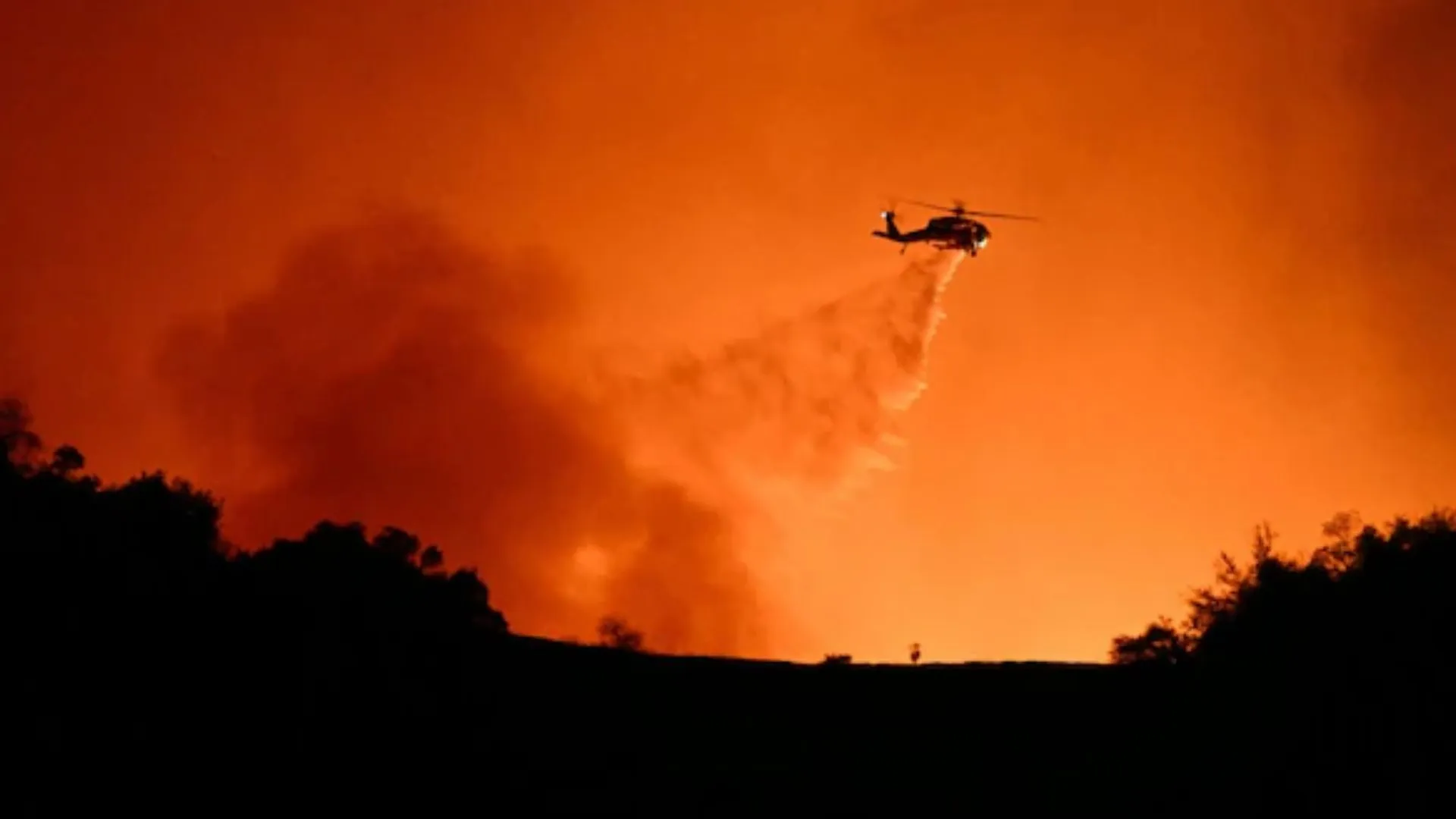Environmental concerns are once again trapped in a scrimmage but interestingly it’s not between people and the government but this time, it’s the government that is treating the judiciary as a suspect. The government’s pet organisation ‘NITI Aayog’ appeared to be wary of judicial speed-breakers to its environmental oversights in developmental policies. This was considered an obstruction to NITI Aayog’s central role as per its standing for National Institution for Transforming India that would stimulate economic growth, promote development rather than hang its head before the judiciary which on most occasions emerged as a shield around forests, water bodies, and wildlife in the country.
A non-governmental organisation CUTS International, becomes a powerful vehicle to allude to a contract for research from NITI Aayog. The research study undertaken by CUTS International aims to examine some of the recent judgments by the Supreme Court and the National Green Tribunal, handed over to them by NITI Aayog’s CEO. The research study highlights that the judgements delivered do not take into account a calibrated approach while delivering justice. The brief highlights that “some of the recent judgments/orders of the SC and NGT indicate that the economic impact analysis of judicial decisions is yet to gain broader acceptance. The absence of ex-ante analysis of the economic costs associated with a decision is further exacerbated when judicial activism by courts and tribunals is also in play.” This brief put up by CUTS International is part of the study that has been funded by NITI Aayog to study the unintended economic impact and reverberation of judicial activism.
The research study has undertaken an examination of five cases out of which three have been decided by the SC and the other two by the NGT. While the SC cases deal with the suspension of the construction of Mopa Airport in Goa, suspension of iron-ore mining in Goa, and shutdown of Sterlite copper plant in Thootukudi, the NGT judgments deal with sand mining ban case and halt on the construction activities in Delhi NCR. This turns tables of the government’s commitment to achieving targets of the Sustainable Development Goal and the Paris Pact by 2030.
While one cannot disagree with CUTS International suggesting training for judges that has also been a repeated demand by many scholars across the country since new challenges of transdisciplinarity in environmental concerns is also a potentially powerful hurdle generating major deficits in justice delivery. For example, judges have failed to link environmental preparedness to disasters or ensuring time and space factors while ordering displacement of the poor from their unauthorised slums. The deficits of governance are mostly linked to a tendency of treating individuals in isolation to their ecosystem, creating silos of solutions for each one of them notwithstanding a million distortions in the process. A recent column that caught my attention ‘Is Law Enough to protect Environment?’ by Amita Singh where she has argued that law and the protectors of justice have always been complacent in protecting the denizens of the environment which are smaller nationalities linked together but not understood by the conceitful eyes of humans. The issues of ethics, integrity, and accountability are as much a need for the judiciary as it is for the administrators of the country. The voice of the voiceless has always been antagonised by the superior and the mighty living being in the garb of stimulating progress and economic development. To understand the dichotomy agonising the conundrum between environmental and development, CUTS International appears to be holding hands of its funding agency the NITI Aayog for endorsing that judicial concerns for the environment have led to major economic losses. CUTS International and NITI Aayog surface as organisations in primary need of training in issues of environment, development, and commitment to sustainable progress.
As the SC raises its head on some occasions to address calls for environmental protection, some of the aggressively pursued policy decisions by the government face a setback nonetheless, many still sneak through the crevices of courtrooms as major disasters to the citizens of this country. One such decision waiting to be addressed is that of the 2019 auction of Bakshwaha forest by the Madhya Pradesh government to the Aditya Birla Group Essel Mining and Industries Limited for undertaking diamond mining for a 50 years lease period for 342 million carats of diamonds. This catastrophic mining project will lead to the wreckage of 382.131 hectares of forest land. As per the forest department estimates, 2,15,875 trees include some precious and medicinal trees in the forest area. The Bakshwaha forest in Chhatarpur district adjoining Panna in Madhya Pradesh is an ecologically fragile region with forest natural resources that provides for the livelihood of ST population inhabiting the forest area. This project also poses a great danger to wildlife.
In the ‘Geological Report on the Exploration of Diamonds’ in the Bakshwaha forest that was submitted in May 2017 by the Directorate of Geology and Mining, Madhya Pradesh, it has been reported that there are plenty of jungle cat, sloth bear, jackal, striped hyena, Indian fox, and wild dog among others. In contrast, a more recent report submitted by the forest department shows no evidence of wildlife found in the area. A PIL has been filed in the SC to stop this ecological destruction and awaits its due diligence in the court of law. Will the NITI Aayog conduct another research to assess economic losses due to ‘judicial activism’ if the court declares it environmentally destructive? Why environmentally sound decisions by the apex court are being treated as ‘judicial activism’ by the CEO of NITI Aayog.
Government is a ‘public trustee’ as affirmed clearly in the Kamal Nath case of 1992. The notion of public trust as envisaged by Joseph Sax (1970) can be defined as an affirmation of the duty and responsibility of the state to protect all common property resources — streams, lakes, marshlands, rivers, land, tidelands, and mountains held in public trust. It is a basis to ensure inter-generational equity that affirms that common resources are to be preserved by the government for use by current and future generations. The NITI Aayog has been the flag carrier to achieve the Sustainable Development Goals by 2030 as laid out by the UN has contradicted its aim by supporting a research study that seeks to undermine the tenets of environmental justice. As per the report by Shreegireesh Jalihal of ‘The Reporters Collective’, it has been found that the NITI Aayog didn’t follow the specified norms and regulations of inviting competitors through open tender and instead commissioned CUTS International to do the research for Rs 24.8 lakh. By supporting such a research study for examining the economic cost of judicial decisions is neither eligible as research nor a study in national interest. So on what grounds was this work allocated to CUTS International? This demands accountability for public money spent for personal ambitions by government servants at the NITI Aayog.
This year the ‘World Environment Day’ theme suggested by the UN is ‘Ecosystem Restoration’. The danger caused by deforestation is irrepressible and its impact on public health is even more alarming. David Wallace-Wells’ book ‘The Uninhabitable Earth: Life after Warming’ says that “every sq km of deforestation produces 27 additional cases of malaria, thanks to what is called vector proliferation when the trees are cleared out, the bugs move in.” Covid- 19 has ensured some wisdom to homo sapiens that despite a unilateral assumption of being at the top of the environmental or bio-species, it is not only ‘not the mightiest’ but also an extremely weak creature knocked out by an invisible, microscopic zoonotic virus ruling the race now for many months and still going strong. The top priority of the government should be environmental conservation and anything that stands against it should be treated as a sacrilege even if this lasso drops from a window at NITI Aayog.
The writer is a research scholar in Centre for the Study of Law & Governance, JNU, Delhi & Consultant, Center for Land Governance.






















